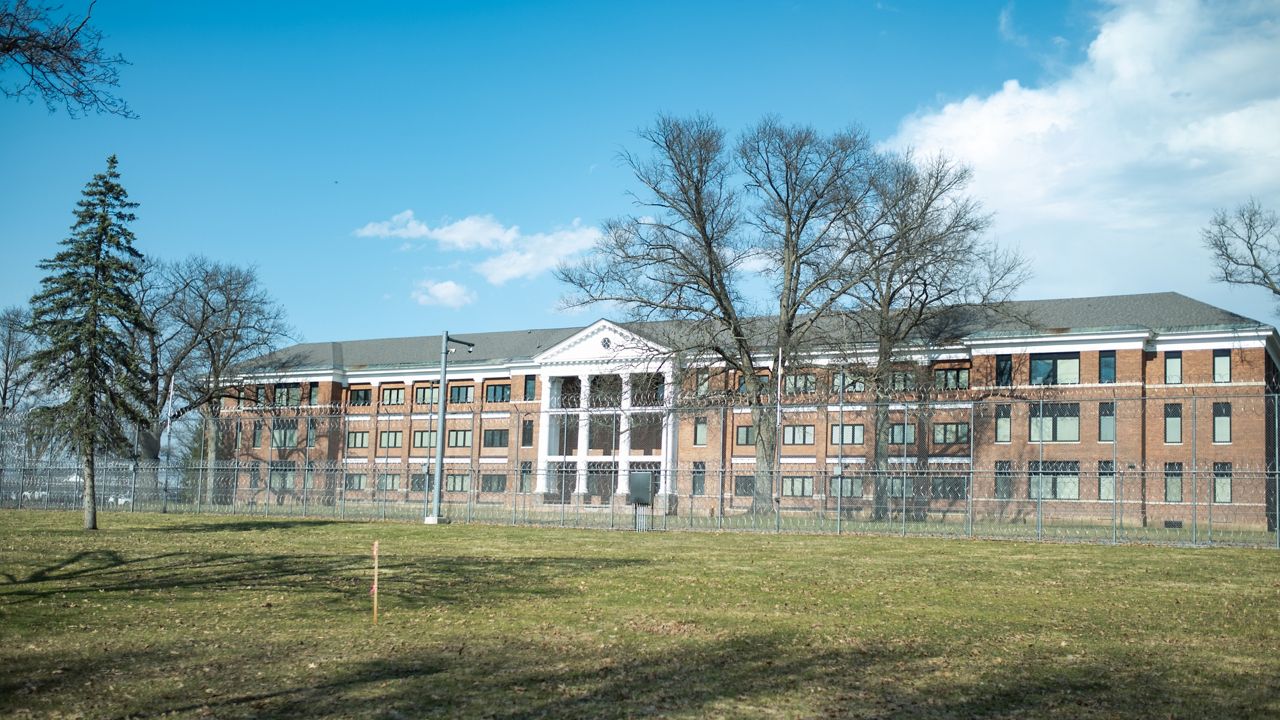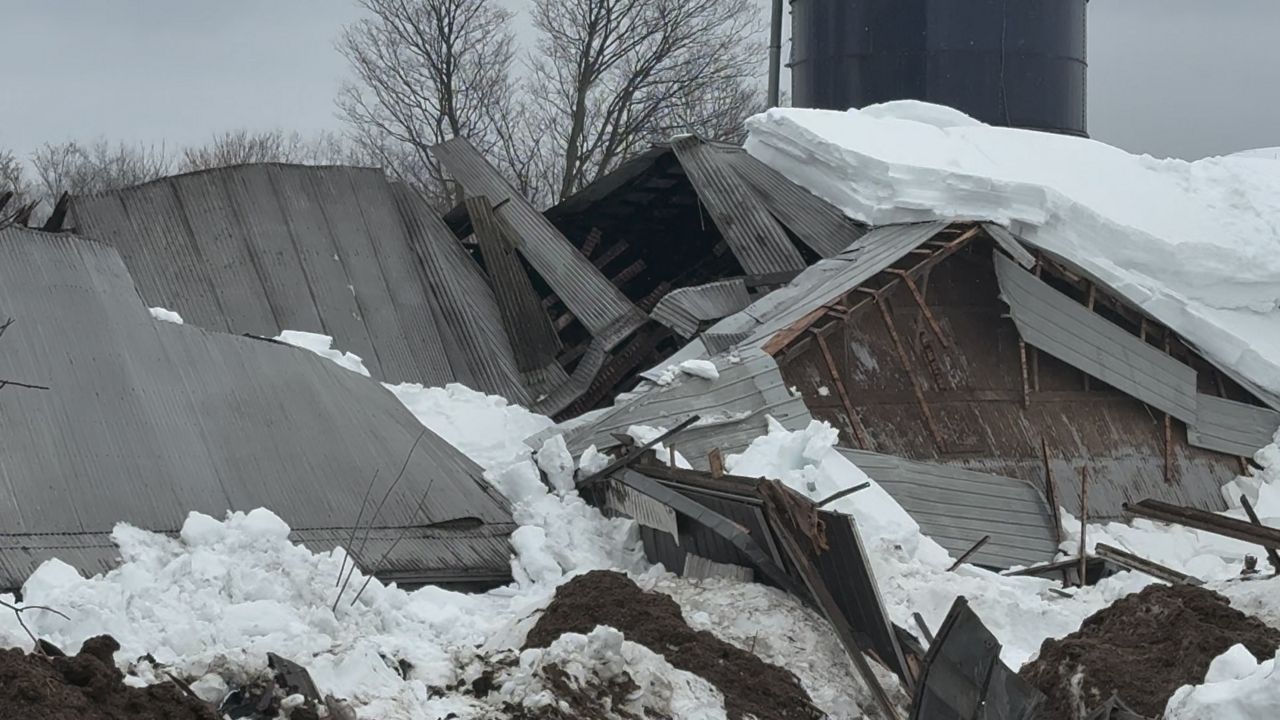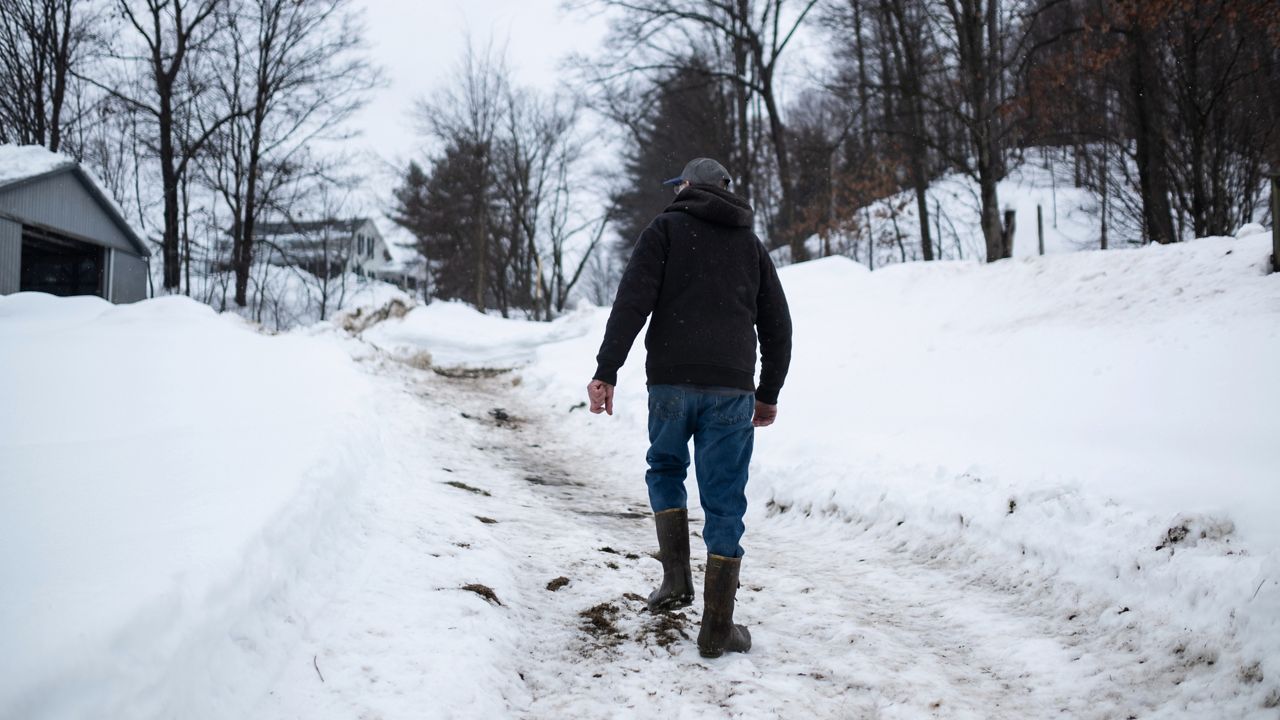New York state’s population is declining, but housing availability is an issue in many communities.
What You Need To Know
- Oneida County Department of Planning, in partnership with Urban Partners, presented the County’s Housing Market Inventory Assessment and Strategy Report on Thursday
- The report offers ideas on to how to increase the number of housing options in Oneida County
- The county executive said the findings showed 6,000 more housing units – a mix of individual and rental housing is needed to help accommodate anticipated growth
They say they’re in a "pickle.”
“In order for jobs to grow, you need housing, but builders aren't going to build housing when jobs are not already there. So it's kind of like what comes first? That is the dilemma," Urban Partners Principal Isaac Kwon said.
Housing is needed to attract employers, but employers are needed to bring in developers.
Collaboration, experts say, is key to addressing the issue. And right now, Oneida County, like many other areas, needs more places for people to call home.
“Demand is high. We have low supply, unfortunately, because of the economic times of the past in the Mohawk Valley, which have happily reversed. We missed a lot of the building boom in the 90s through most of the upstate New York markets, and ours went into double-digit deflation rather than double-digit inflation. So now, we're playing catch up," said John Brown, broker/owner of Coldwell Banker Faith Properties.
The Oneida County Department of Planning on Thursday, in partnership with Urban Partners, presented the County’s Housing Market Inventory Assessment and Strategy Report. It offered a thorough look at their current housing situation, and ideas on how to move forward.
Numerous recommendations were made, including establishing a countywide framework for collaboration focusing on housing, facilitating new housing developments to help meet expected growth – such as the impact of Micron in nearby Onondaga County – diversifying housing choices, expanding housing options for seniors and stabilizing and rehabilitating aging houses.
“We need, the estimates, around 6,000 more housing units over the next few years really, and the next several years. But the next few would be helpful. And some individual housing, some rental housing, because there has to be a mix. Probably more single homes and single-owner homes like around the 4,500 mark, another 1,500-plus on the rental side," Oneida County Executive Anthony Picente said.
Realtors said change is needed.
“The one thing that I think needs to change are the older homes, because they don't meet the new codes, they don't meet for FHA. Sometimes, they'll find a home that's perfect for the buyer, the location, the square footage. Until we find out, there's too much peeling paint," said Lisa Filletti, a licensed real estate salesperson with Coldwell Banker Faith Properties.
One of the top priorities, Picente said, is to market Oneida County and show people why they should come build and live here.
A report prepared by the Office of Budget Policy and Analysis last year found housing insecurity among the state’s senior citizens exceeds the national average.
It also found our state’s rate of homelessness of about five per 1,000 people was more than double the national rate, “due, in part, to the influx of asylum seekers in New York City.”







